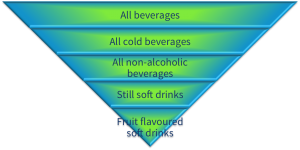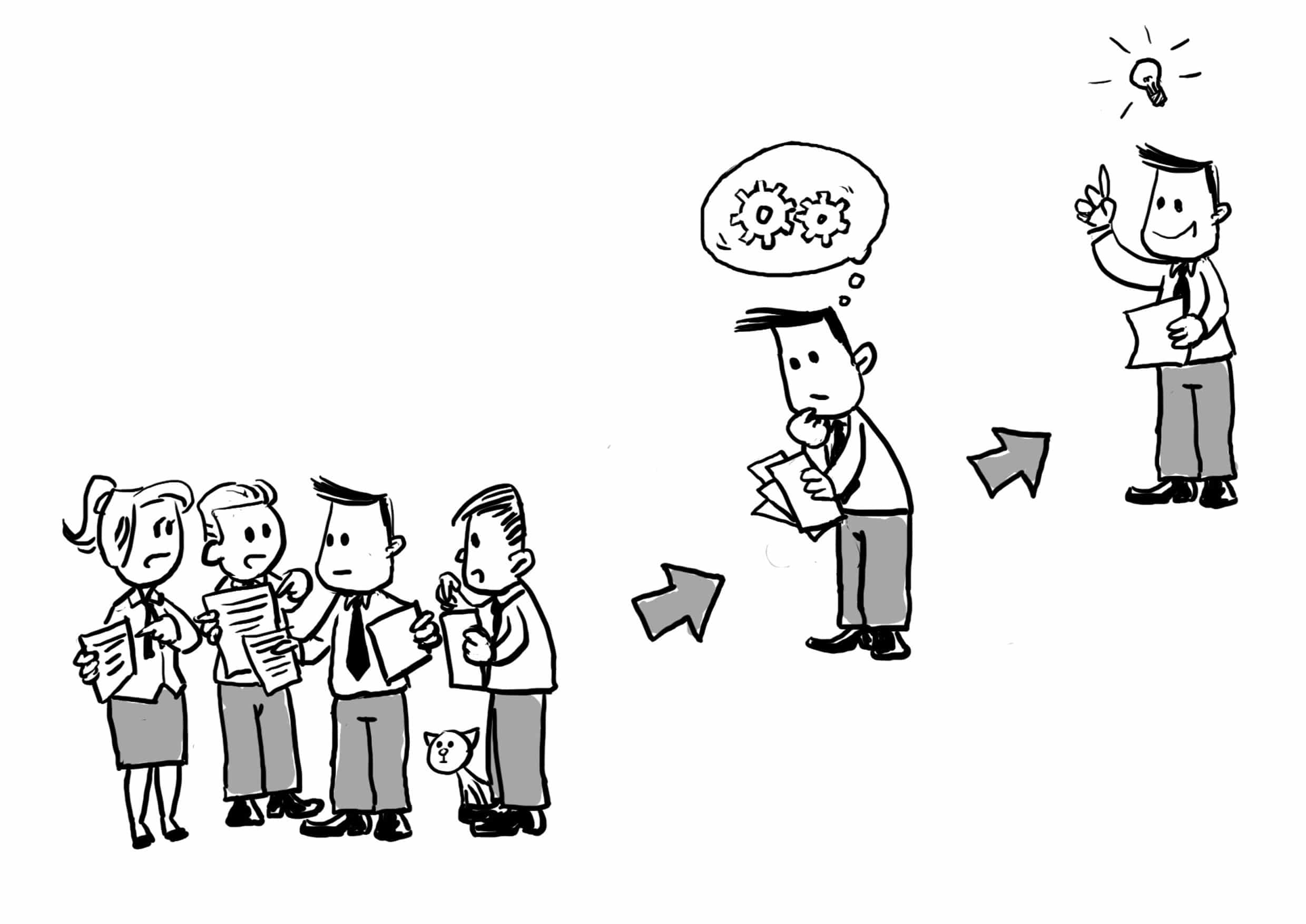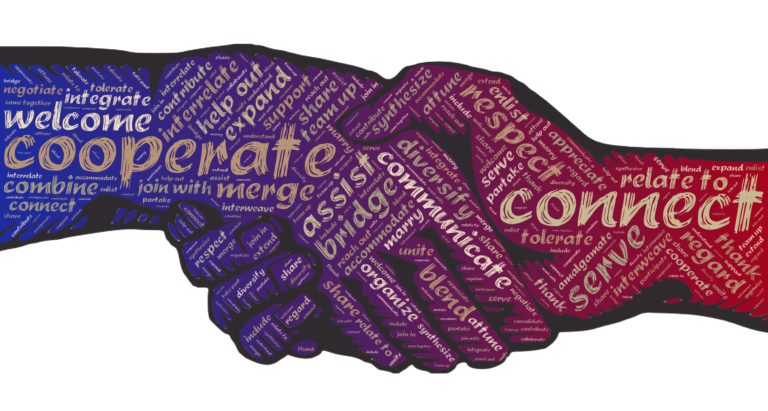I recently returned from a speaking invitation in Las Vegas. It was an incredible Symposium run by Sitecore, and I was blown away by the importance placed on customer-centricity during the whole event!
From the opening keynote by Sitecore’s CEO Mark Frost to the second-day keynote by Kirsten Newbold-Knipp from Gartner, everyone in this tech and data-heavy conference understood that data is only as good as the use you put on it. Do you?
We are all excited by the wealth of information available to us about our customers, from the IoT as well as people’s behaviour on the internet. In fact, data gathering is no longer an issue; it is its management, analysis and, above all, understanding to turn it into actionable insights that is today’s challenge.
I believe that the reason most organisations today are drowning in data and thirsting for insights, as I am often quoted as saying, is because they are more excited by data than people.
“Organisations are drowning in data and thirsting for insights”
And yet data usually comes from people and their acts and is analysed by people, so that businesses can have more impact on their customers’ attitudes and behaviours. It is, therefore, vital to turn that wealth of information into actionable insights. That’s why I want to share my 7-step process for doing just that with you.
I call it Catsight™, and the acronym always causes a few giggles, as I’m sure you can imagine. After all, business is a serious topic, which is why I try to find ways for us all to find reasons to laugh in all this seriousness.
I chose the name Catsight™ because I thought it is memorable and has a serious relevance to what insight developers do.
Cats have an acute vision, particularly in the dark. They are good at listening because their ears turn 180 degrees. They are highly sensitive – just ask an owner how their cat reacts when they are sad or ill.
Seeing in the dark, listening skills, sensitivity and empathy for the customer are essential skills for all insight developers.
So here are my seven steps to actionable insight development. Note that information gathering is only step #6!
If you react to business questions immediately by running a market research project, please read on. It could save you a lot of money and time!
Using my method, you only start spending money on running a survey in step six – and only if you have identified a gap in your knowledge of the situation. Many organisations don’t know what they already know and what is already available within the company that they are unaware of.
This 7-step process will save you money because you will run less research AND make better use of all the information already available within the organisation. That’s an immediate improvement in the ROI of your information gathering.
C = Category
Whenever you want to develop insight, the first task is to decide on the category you want to study. At first sight, this may seem obvious, but in many cases, it isn’t as clear as you might think.
 For instance, suppose you are looking to launch a new juice-flavoured soft drink. You may think you are competing with other juices or soft drinks.
For instance, suppose you are looking to launch a new juice-flavoured soft drink. You may think you are competing with other juices or soft drinks.
In working with one client in such a situation, we found that their main competitor was an energy drink! The reason was that they were both seen as being for lively, fun people who needed a kick – whether from caffeine or healthy fresh ingredients with added vitamins and minerals.
If we’d only looked at other fruit-flavoured soft drinks, we would have missed a whole – and large – section of category consumers.
This shows the power of taking the consumers’ perspective, especially when segmenting a market. But more about that in a moment.
A = Aim
Once you know which category you should be trying to understand better, you must consider your initiative’s aim or objective towards the customer. Are you looking to change their attitude or behaviour? Yes, of course, these are linked, but there will be one you are trying to influence more than the other.
Then you need to translate your objective into the words of the customer, or at least a description of your objective in how it impacts the.
For example:
1. How can we grow the market share of Brand “A”?
This could be written as: How can we attract consumers from competitor Brand “X” who are looking for a low sugar CSD?
You will notice that this second objective is far more focused and will deliver more relevant results than the first.
2. How can I expand my business?
This could be written as: Which of my current or potential customers would be most interested in my new service offer and why?
This example came from work with one of my clients in the service industry. He wanted to offer something new and was trying to identify which of his clients would be most interested in it.
When we worked together, we first researched all potential customers for this new service. By understanding each segment in detail, we actually found that he had two and not one group to whom he should be selling his basic service to. One of these groups could also be interested in this new offer. Talk about leaving money on the table – he almost doubled his business overnight!
T = Target
There are many different pieces of information that make up a complete knowledge of your customers. This takes time to complete, but there are three main areas which I suggest to get at least a basic information on:
1. First, you need to segment all category users and then choose the most attractive one.
2. Next, you need to develop a customer image or persona.
3. The third tool to better understand your customers deeply, is the journey map.
These three tools will provide you with a great foundation on which you can build both your understanding and insight development.
If you’d like to learn more about insight development the QC² way, book a Review Session, and we’ll ensure you get some atomic steps to deliver quantum growth. Your organization’s success could be waiting at the end of that call.
S = Support
No one is an island, and this goes whether you are an executive or a solopreneur. If you work in a business, then I advise you to get out from behind your desk and talk to people in other departments. We can sometimes get so tied up in our work that we never take the time to understand the wider corporation in which we work. By making a habit of speaking with your colleagues from other departments and floors, will open you to a deeper understanding of your organisation. It will give you an advantage over your colleagues in knowing what’s going on in other groups and will enable you to gather information you would be unlikely to get otherwise.
If you are a solopreneur, meeting others on a regular basis becomes even more vital. It provides you with some fresh thinking and perspectives, a friendly ear to discuss business with and a change of air for an hour or two. I try to meet up with someone for coffee or lunch at least three or four times a week when I’m not travelling.
Getting supporters is vital to the success of both projects and business in general, so make a habit of widening your professional circle any way you can.
I = Intimacy
Even if you have a detailed persona of your target customers, nothing beats getting intimate with them. This brings your data and information to life, and you may also learn new things about your customers.
You can do this by simply listening to your care centre calls or by serving in your retail outlets if you have them.
But you can also accompany a researcher while interviewing or organise customer connection sessions. If you are interested in organising these events designed specifically for getting closer to your customers, then I suggest you read “Why customers are the answer to all your problems.”
G = Gap Filling
As I’ve already mentioned, when a business wants to know their customers better, they immediately think of running a market research project. Don’t do this!
Save yourself time and money by first reviewing everything your organisation already knows. Identify any gaps and then run a survey. You will be amazed how this simple habit can save tens of thousands yearly.
HT = Human Truth
A human truth is a
“Fact of human attitudes & behaviour, based on fundamental human values & beliefs.”
It is vital to insight development since it is needs-based and emotionally resonant. It is a powerful and compelling statement that is rooted in basic human values, which is why it is valid for all your customers, wherever in the world they live.
Some simple examples are:
- Parents want to protect their children, so they grow up happy and healthy.
- Men and women want to find love.
- People want to feel good about their choices. (be better than their peers?)
These human truths are the basis of many of the well-known brands such as Omo / Persil, Nido, Axe / Lynx, Dulux, and Heineken.
An Offer You Can’t Refuse!
So there you have it, the 7-step process called Catsight™, one part of the New CX Model Quantum Customer Centricity (QC²) and which practically guarantees an insight every time you use it.







